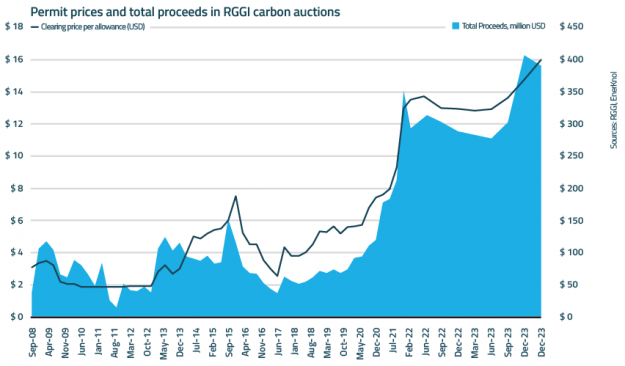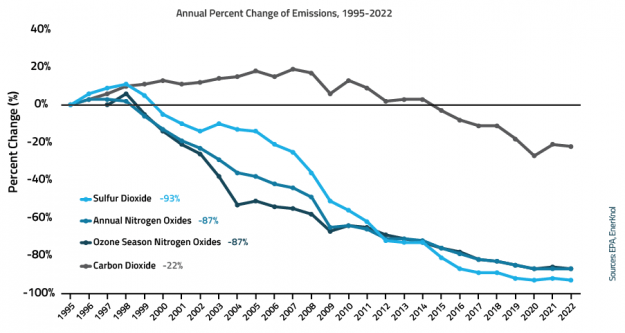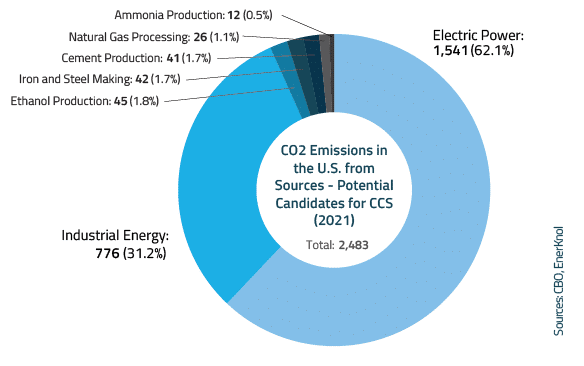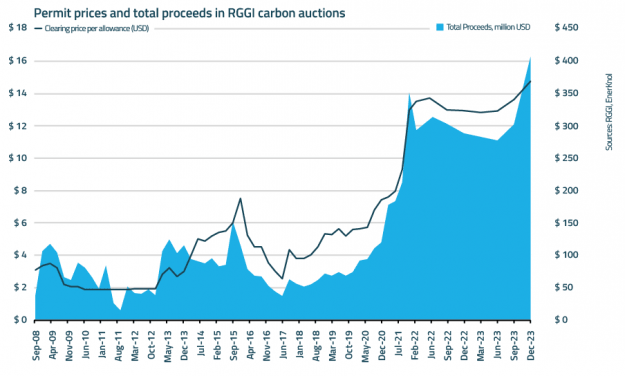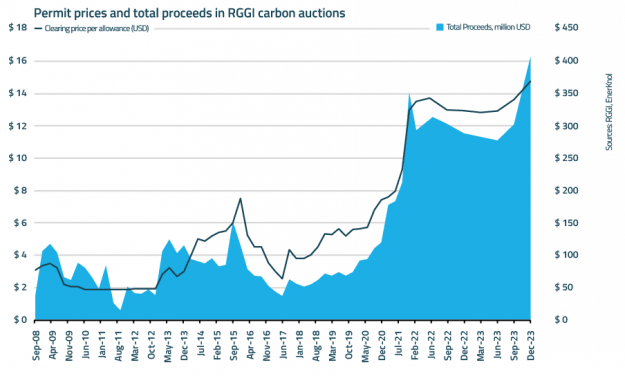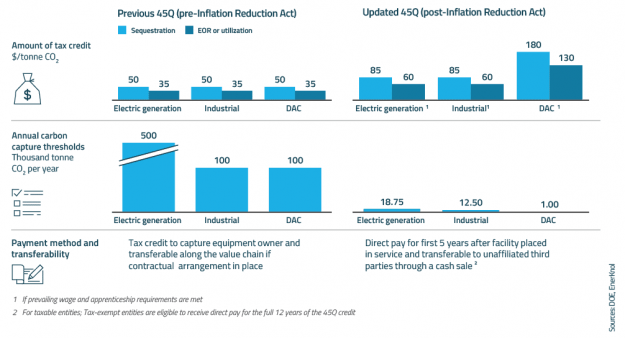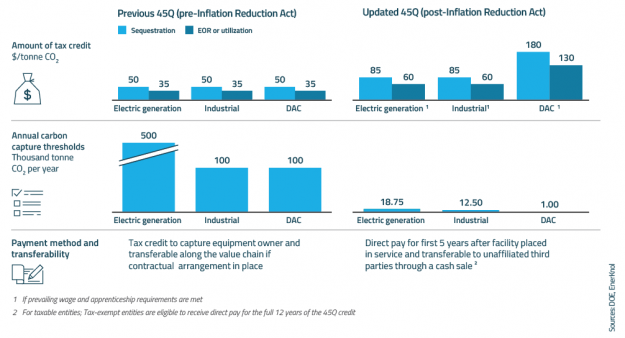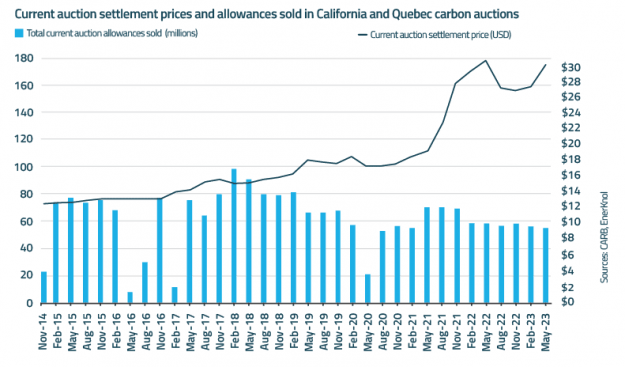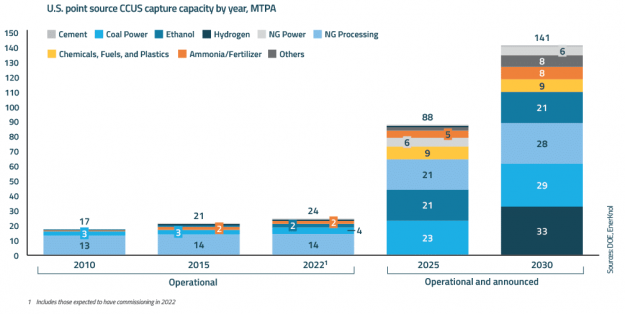U.S. Carbon Markets Adapt to Regulatory Changes Amid State-Level Emissions Reduction Efforts
As carbon pricing gains traction as a policy tool to combat climate change and achieve net-zero emissions, regulatory attention on U.S. carbon markets has been on the rise. Recent developments in state-level emissions trading programs have yielded mixed results…Read the full report …...
